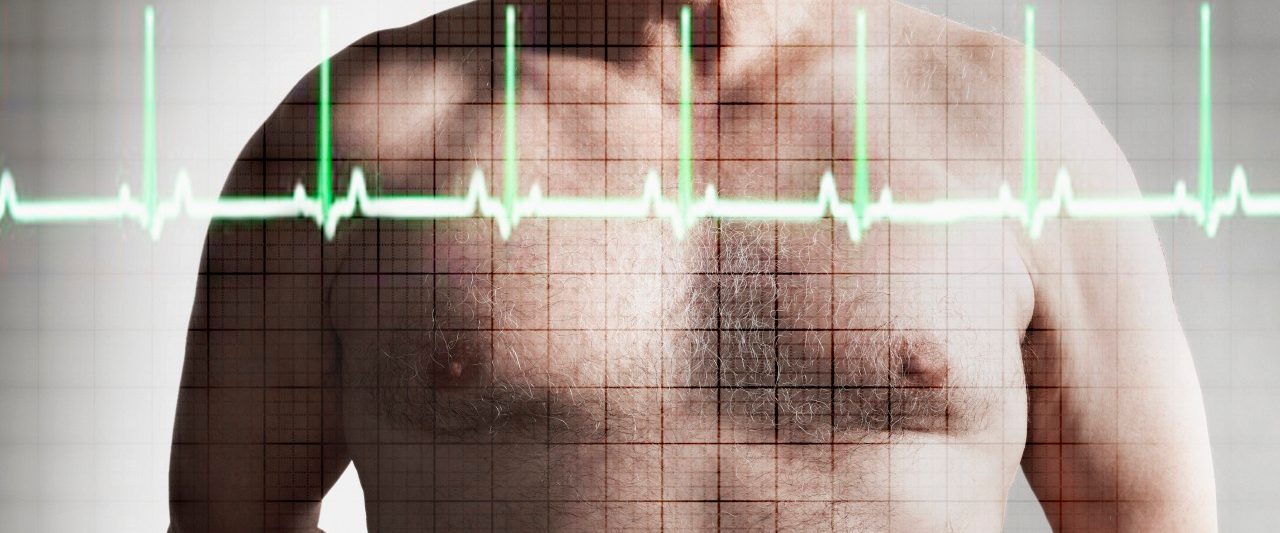New Hope for Curing Atrial Fibrillation - Continued

Treatment of atrial fibrillation
Afib patients who have especially fast and irregular heart rhythms not responsive to drug therapy sometimes undergo electrical cardioversion — their hearts are shocked in hopes of producing a regular heartbeat. However, cardioversion doesn’t always work or last.
But for many of patients suffering from symptoms of atrial fibrillation, there’s now evidence their atrial fibrillation can be treated — and often completely cured — with a minimally invasive procedure called catheter ablation.
Here’s how it works.
Normally, cells in your heart create electrical signals that tell the heart’s upper and lower chambers to beat in an orderly sequence. But sometimes, abnormal cells transmit jumbled electrical signals, causing faster than normal or irregular heartbeats, resulting in afib.
To stop these cells from triggering the erratic rhythm, cardiologists specially trained in arrhythmia treatment, electrophysiologists, insert a thin tube called a catheter into a blood vessel that leads to the heart and perform an electrophysiology study. Electrical signals are sent to the heart so the heart’s electrical activity can be recorded to pinpoint areas of the atria (the heart’s upper chamber) where abnormal cells are causing afib.
Then areas with the abnormal cells are zapped with radiofrequency energy (similar to microwave heat) or by freezing. This creates tiny scars that destroy or block abnormal electrical signals so they can no longer cause the abnormal rhythm. The procedure is considered low risk, and patients typically return home the same day of their ablation.
Catheter ablation has been performed since the l990s and, as technology has improved, the odds of curing the condition have increased. Now a large study of 3,630 atrial fibrillation patients, conducted by the European Heart Rhythm Association of the European Society of Cardiology, found arrhythmia symptoms were significantly reduced by ablation in most of the patients — 74 percent of the afib sufferers had no arrhythmias between three and 12 months after the procedure. And, remarkably, more than half of the patients remained completely free of atrial fibrillation after their ablation.
Updated:
March 03, 2020
Reviewed By:
Janet O’Dell, RN